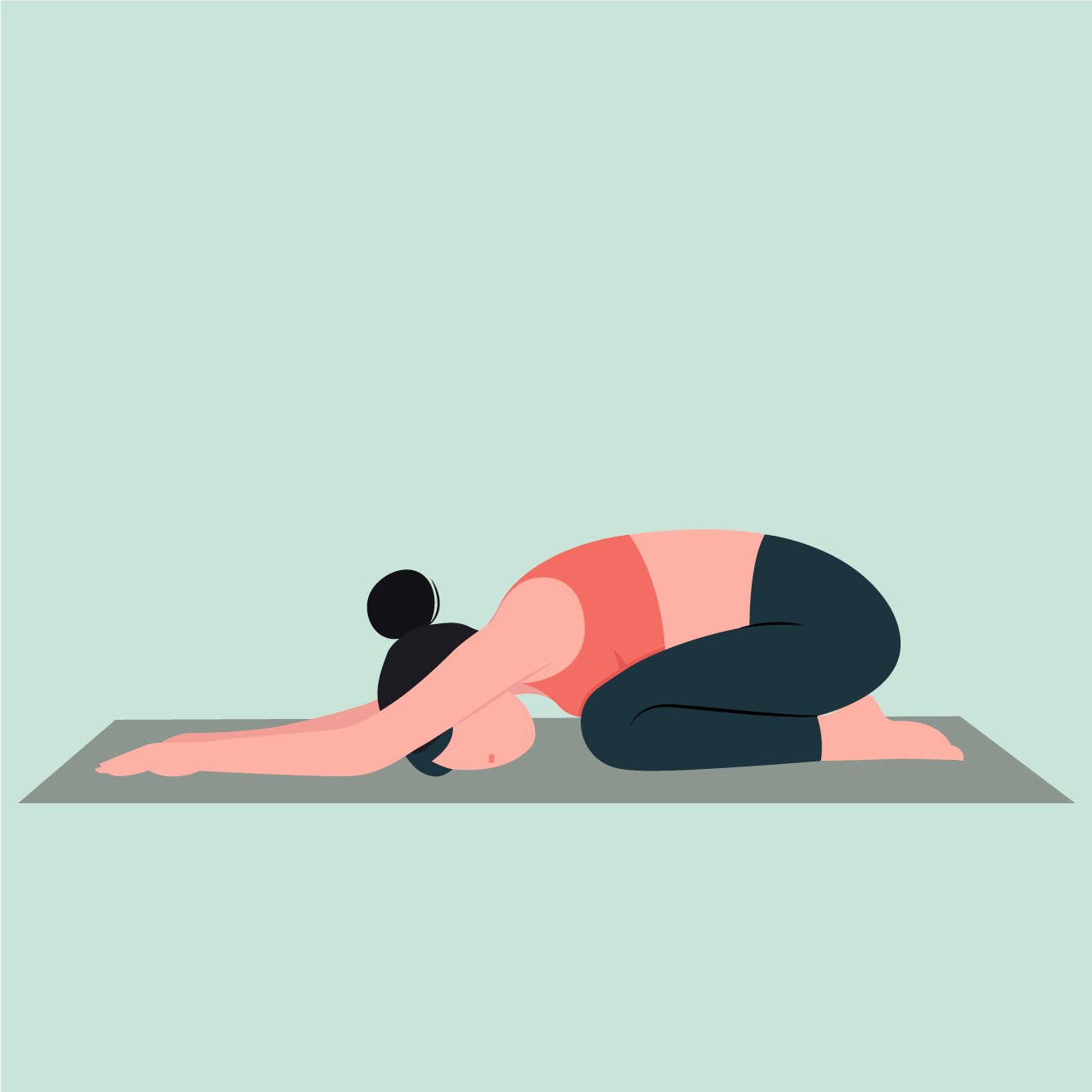Patellar Tendon vs. Hamstring Tendon - Which Graft Option is Right for You?
You’ve just torn your ACL and elected to get surgery. There are a number of different graft options used during ACL reconstruction. The patellar tendon and hamstring tendon are the two most common grafts used for ACL surgery but which option is best for you? In this post, we will discuss the advantages and disadvantages for these two graft options so you can have a better idea of what life will look like after surgery.
Patellar Tendon Graft:
The patellar tendon graft, also known as the bone patellar tendon bone graft (BPTB), is the most commonly used and well-studied graft option currently. A portion of the patella, patella tendon, and tibia are removed during harvest to create the new ACL. It was considered the “gold standard” of graft options because it is a robust graft that has a lower re-tear rate compared to other graft types. Additionally, because portions of bone (patella and tibia) are removed and used as part of the graft, it provides faster graft incorporation compared to other graft types (6+ weeks). However, the BPTB graft presents some disadvantages as well. The major limitation of the patellar tendon graft is patient reported anterior knee pain and kneeling pain. Furthermore, knee extension strength return is slower with a BPTB graft compared to hamstring tendon grafts and there is a potential for increased risk of patellar tendinitis. Something to consider cosmetically, the BPTB graft leaves a larger surgical scar compared to the hamstring tendon graft. Patients whose activity requires regular kneeling (e.g. wrestlers, plumbers, etc) should potentially avoid receiving this graft due to the previously mentioned increased risk of kneeling pain. Moreover, skeletally immature patients should also avoid a BPTB graft due to potential risks of growth plate damage and growth disturbances.
Each graft has their own set of advantages and disadvantages. Make sure that you have a thorough understanding of what those are so you can have a better idea of what to expect after surgery.
Hamstring Tendon Graft
The Hamstring tendon graft is the second most commonly used graft for ACL reconstruction and addresses many of the concerns that arise from BPTB grafts. During harvest, a portion of the semitendinosus and/or gracilis tendon are removed to create the new ACL. The major advantages of the hamstring tendon graft are it addresses the kneeling and anterior knee pain issue, as patients report less instances compared to the BPTB graft. Patients also report less post-operative pain compared to the BPTB graft. Cosmetically, it leaves a much smaller scar compared to other graft options. The disadvantages of the hamstring tendon graft are some studies have found higher re-tear rates compared to the patellar tendon graft. Additionally, because a portion of the hamstring is removed, knee flexion strength return is slower and there is a potential increased risk of hamstring tendinitis. Patients whose activities require regular knee flexion and reliance on the hamstrings (e.g. sprinters) should avoid receiving this type of graft.
In closing, it is important to understand that surgeons have their preference on which type of graft they use. If choosing a surgeon/graft type is an option to you, it’s important that you weigh the advantages and disadvantages of each graft to determine which fits in line with your goals and lifestyle the best. Even if choosing a graft type/surgeon is not available to you, it’s important that you have a thorough understanding of the advantages/disadvantages of the graft being used. This knowledge should help guide your rehabilitation in an effort to mitigate or avoid any issues so that you can get back to living life pain free.
Other Posts You Might Like
















